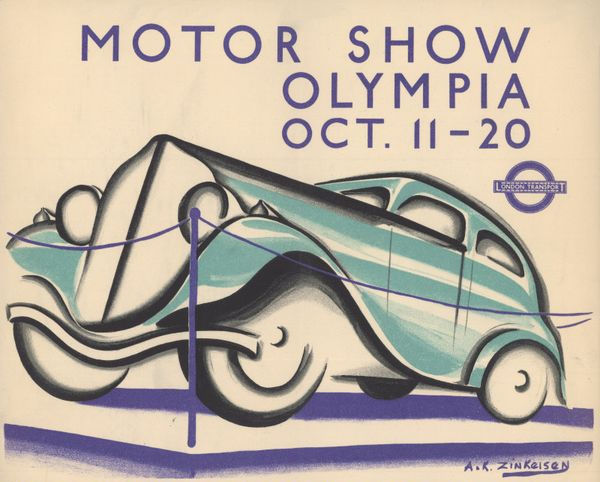Origin of ‘There’s No Such Thing as a Free Lunch’
- Editor OGN Daily
- Jun 10, 2023
- 2 min read
When we say ‘there’s no such thing as a free lunch,’ we mean to express that there are few things in life that are truly given to us at no cost or free. There are usually strings or at least expectations attached. In other words, you can’t get something for nothing, and if something appears to be free, it frequently isn’t.

So where does this aphorism come from? Well, during the mid-1800’s taverns in America would often advertise a “free lunch” to lure in customers, telling prospective customers that if they bought a drink they’d get a free lunch. Of course, the lunch was not truly ‘free’ if they were expected to buy something in order to get it, and the cost of the drink was often marked up to cover the cost of food.
In her 1967 book The New Orleans Restaurant, Deirdre Stanforth claims that the practice began in the French Quarter of New Orleans at the St. Louis Hotel. However, the hotel’s free lunches proved a bit too successful, so the hotel stopped them. But the practice had caught on and many other drinking establishments were using the same technique to entice guests.
In the following century, this aphorism is often ascribed to the famous American economist, Milton Freidman, who received the Nobel Memorial Prize in Economic Sciences in 1976. Freidman himself has stated that he did not invent the phrase, saying: "I have sometimes been associated with the aphorism 'There’s no such thing as a free lunch,' which I did not invent. I wish more attention were paid to one that I did: 'Nobody spends somebody else’s money as carefully as he spends his own.'"
Whilst we don't know for sure who first coined the expression, one of the most famous appearances of the phrase in print was in Robert Heinlein’s 1966 novel The Moon is a Harsh Mistress. However, the phrase appeared in print as early as 1938, according to Wikipedia, in the form of “There ain’t no such thing as free lunch,” in El Paso Herald-Post and other publications owned by the same company, as well as in 1945 in the Columbia Law Review.



